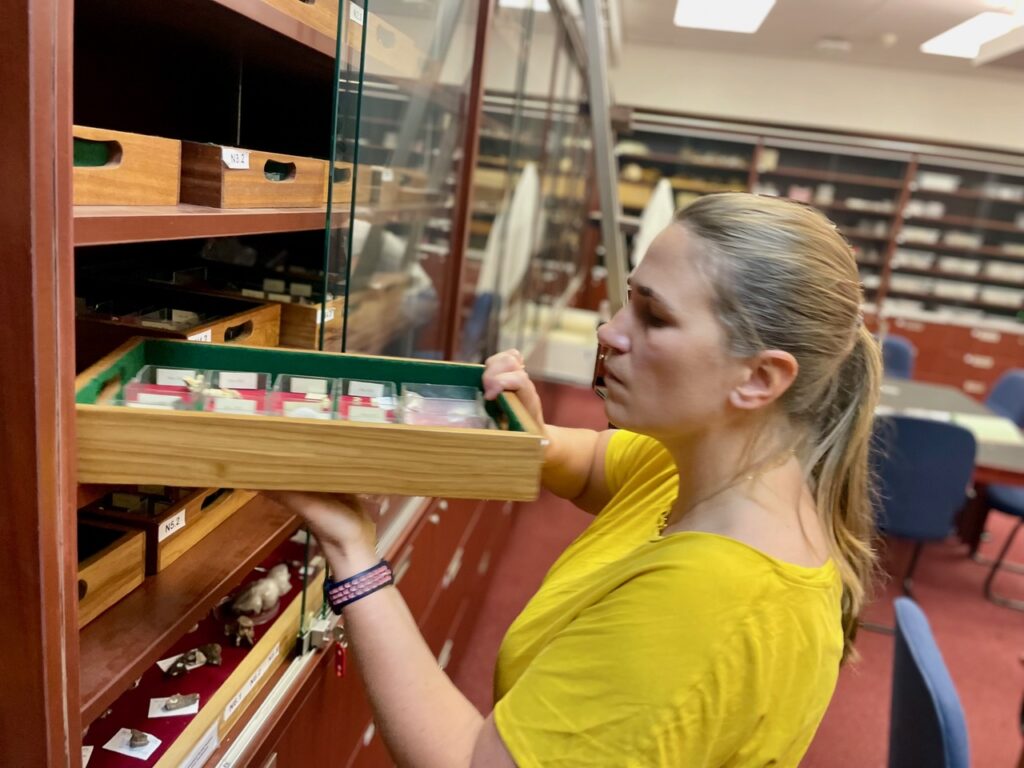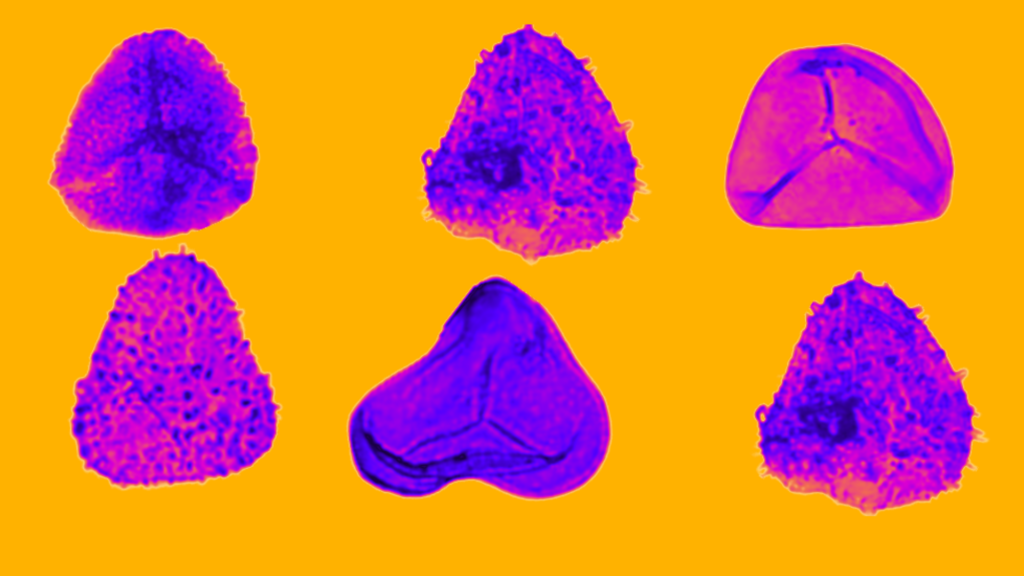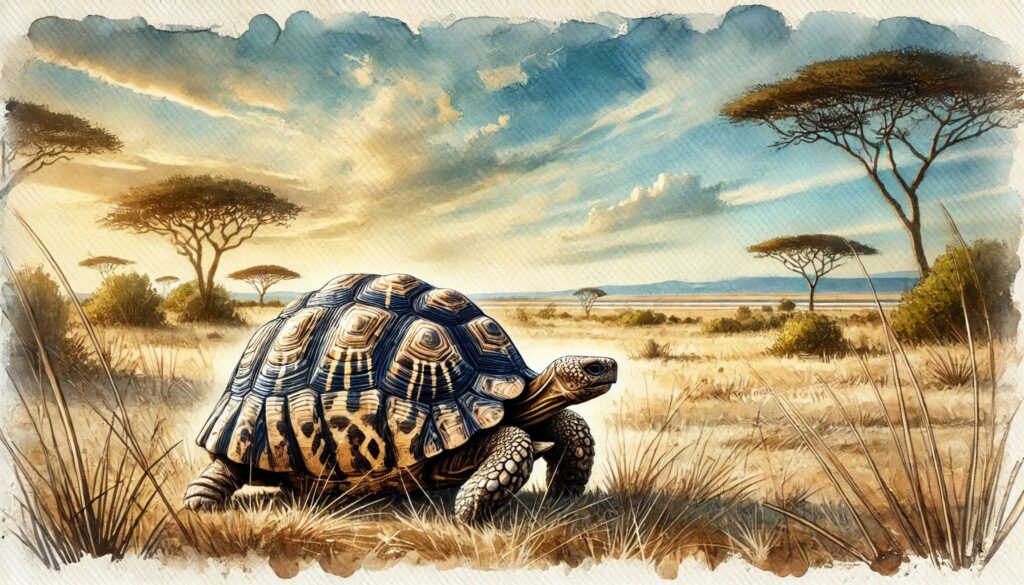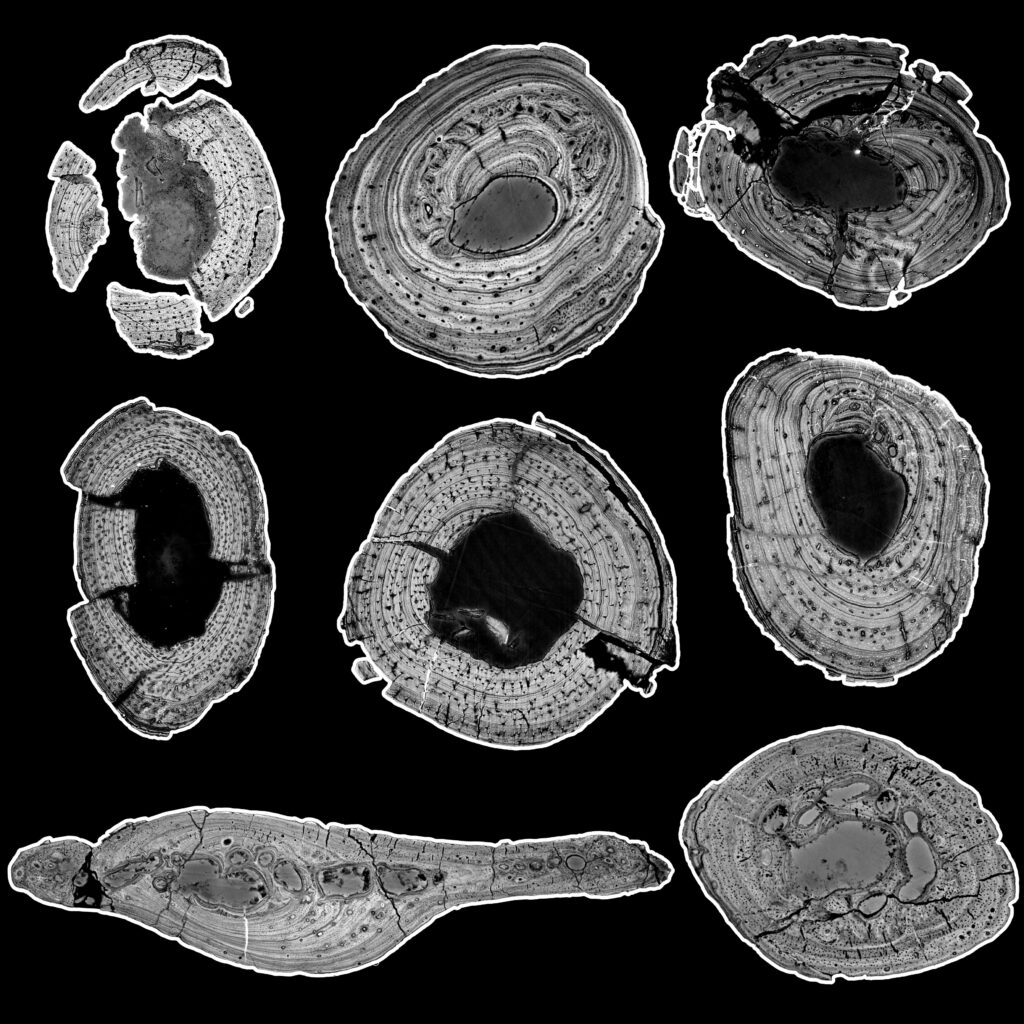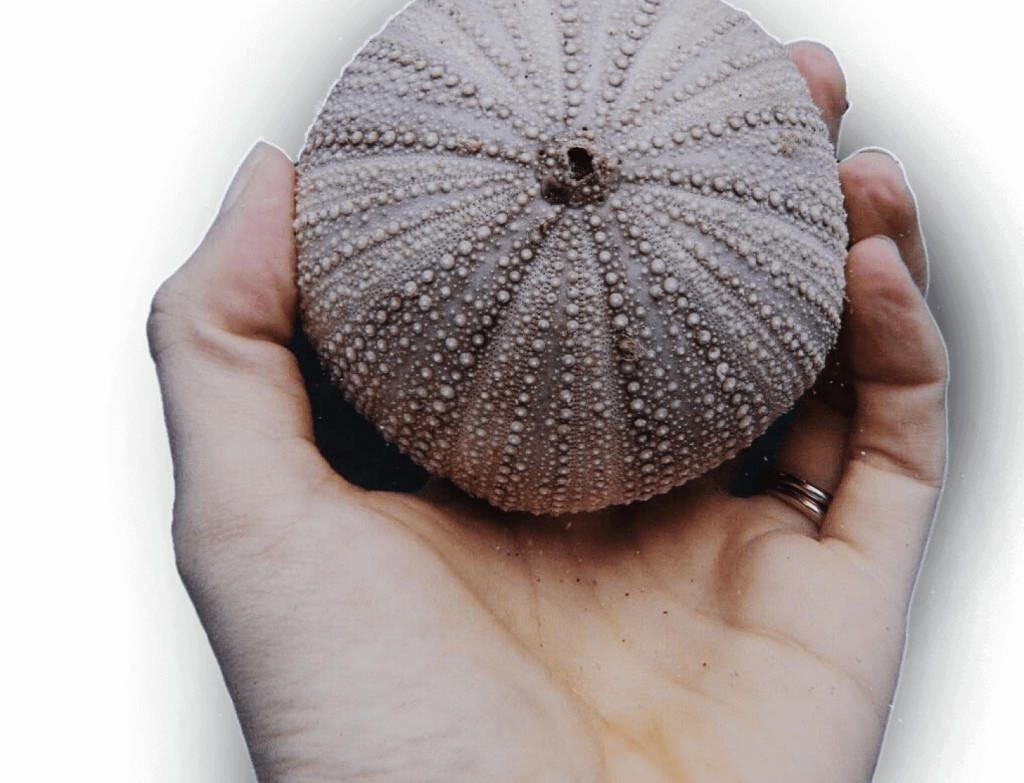Hadedas, alarm clock to our ancient ancestors?
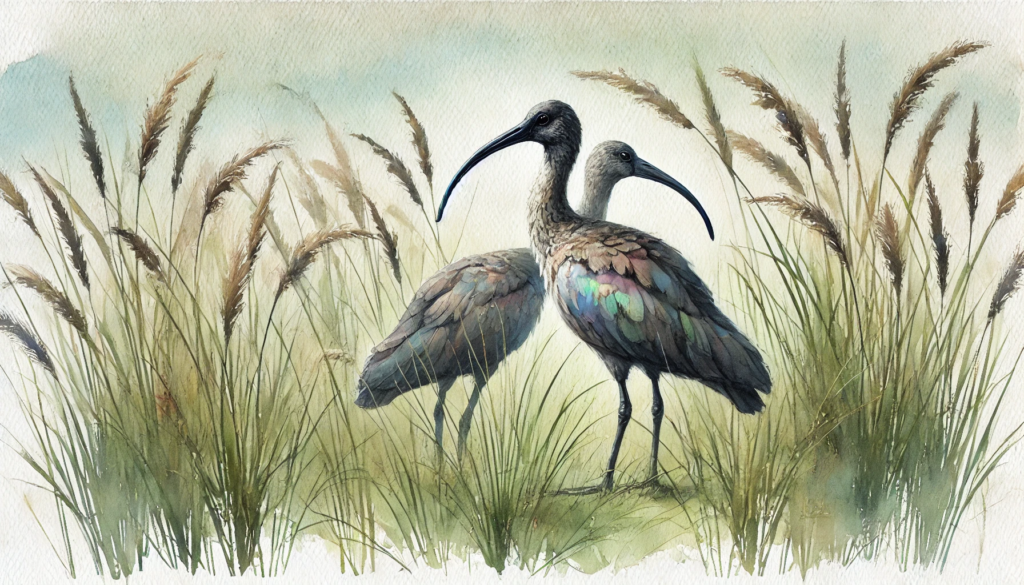
Avian Fossils
The fossil record for ibises is, like all birds, patchy. The earliest bird fossils stem from the dinosaur age; but bird bones are hollow and thin-walled and easily crushed, meaning they don’t preserve well. The Ibis family, which today occurs on every continent except antarctica, first starts to appear in the Eocene (56-33 million years ago), in numerous places including Myanmar, Germany, South America and Antarctica. The Antarctic identification is especially interesting. The continent has produced incredible fossil material (from a time when it was not covered in ice), but surveying and collecting is highly challenging. The ibis specimen is only a single, highly fragmented bone, collected from Seymour Island. Even the researchers who describe it acknowledge that it has a number of characteristics that they would not expect or that are obviously lacking for an ibis. It is perhaps these questions that led a different research team to suggest that the identification was entirely wrong because the specimen might actually belong to a fish. This looks like the sort of debate that won’t be resolved quickly or amiably.
Ibis fossils in Africa
Let us focuss a little closer to home. The oldest examples of the family in Africa, come from Middle Miocene (15-11 million years ago) deposits near Lake Victoria in Kenya. These fossils can so far only be attributed to family level (genus and species unknown). Further Kenyan fossils don’t appear until 2 million years ago. But this is where South Africa shines, because it has a surprisingly diverse ibis fossil record. The oldest remains come from Langebaanweg (some visitors might know it as the West Coast Fossil Park), near Saldanha Bay. This site is dated to 5.2 million years ago and it produced two ibis species. An extinct bald ibis, Geronticus apelex, which is known from a partial skeleton. It is smaller than the modern bald ibises and morphologically more like the northern bald ibis (Geronticus eremita), today found in Morocco. Langebaanweg is well known for producing species that are otherwise not know south of the Sahara like bear, wolverine and swan. The other ibis fossil from the site is indistinguishable from the modern sacred ibis; but there is only a single bone, which is hardly a comprehensive diagnosis. The fossil has been provisionally assigned to the modern species and is presumed to be the ancestor thereof. But it is important to remember that 5 million years is a very long time evolutionarily, especially when the fossil record is this patchy.
I want to digress here briefly to the fascinating story of the flightless ibis of Jamaica. The evolution of flightlessness was not unusual in insular environments with no predators; but in these examples the wings typically became functionless vestiges (think T-rex arms). But the extinct Jamaican species Xenicibis xympithecus went the opposite extreme. Their remains date from around 25-40 000 years old and they evolved in an environment where there were potential predators of young like snakes, monkeys and falcons. This species took their functionless wings and turned them into clubs. The wing bones, especially the lower part equivalent to the hand in mammals, are robust and thick-walled. The structure itself is unique, but there are parallels in other birds like the steamer duck (Tachyeres species) which uses its wings to apply hammering blows. The researchers even found breaks and healed fractures in bones of Xenicibis that are consistent with the use of the wing as a weapon.

So, what about the relationship between humans and ibises?
Ibis remains have been recovered from the Cradle of Humankind. For those who are unfamiliar with the Cradle. It is an area about 45 minutes from northern Johannesburg, where the underlying geological formation produced dolerite (aka limestone) caves. These caves provided ideal living or sheltering places for early human ancestors as well as having very good environments for preserving fossils. It includes famous sites like Sterkfontein and Rising Star. And has produced famous fossil like Mrs Ples, Little Foot, and the recently described Australopithecus sediba and Homo Naledi. Two sites are known to have produced ibis remains namely, Bolt’s farm and Kromdraai.
Bolt’s farm produced fossils of another a bald ibis, this time considered the southern bald ibis, although again this identification is not certain with regards to the species attribution. The specimen is a beautifully preserved partial skull. The exact locality it was recovered from has not been dated by precise means but is considered to be between 3-3.5 million years old. Bolt’s Farm itself has not produced any hominin remains but Australopithecus africanus are known to have been active in the region at the time. It, thus far, represents the oldest occurrence of the southern bald ibis, and only the second fossil of the species to be recovered. Today bald ibises do not occur in Gauteng Province (except as vagrants). They are confined to open grasslands or steppe-like areas and with rocky cliffs or narrow valleys as nesting sites.

Kromdraai has produced numerous fossils of the hominin Paranthropus robustus; as well as a vast mammal assemblage. But there is also a large collection (around 200 bones) from a new extinct bald ibis called Geronticus Thackerayi. Name after a famous local palaeoanthropologist, Professor John Francis Thackeray. The fossils come from a part of the site dated to the Plio-Pleistocene transition (2.6 million years ago). This species is larger than the southern bald ibis or the older Langebaanweg one. It is represented by most of the skeleton, although skull remains are fragmentary. The researchers could not predict its relationship to either the modern species or the Langebaanweg one without more complete skull material. But what is most noteworthy about the Kromdraai ibis is both the sheer amount of material and the presence of bones from juveniles, including non-fledged birds. It indicates that the species was breeding successfully in the area around the site.
So, to answer our original question. Ibises have a fossil record in Africa spanning into the Miocene and bald ibises were prominent in the Cradle, living nearby sites with early human ancestors. However, I would be remis if I did not note that the species famous for its raucous calls is the hadeda ibis (Bostrychia hagedash) an entirely different genus to the fossils discussed here. Thus far no fossils attributable to the hadeda ibis have been recovered anywhere in Africa. Our ancestors may have been living with ibises, but so far it looks like they were spared the early morning racket.
Written by Brigitte Cohen.
